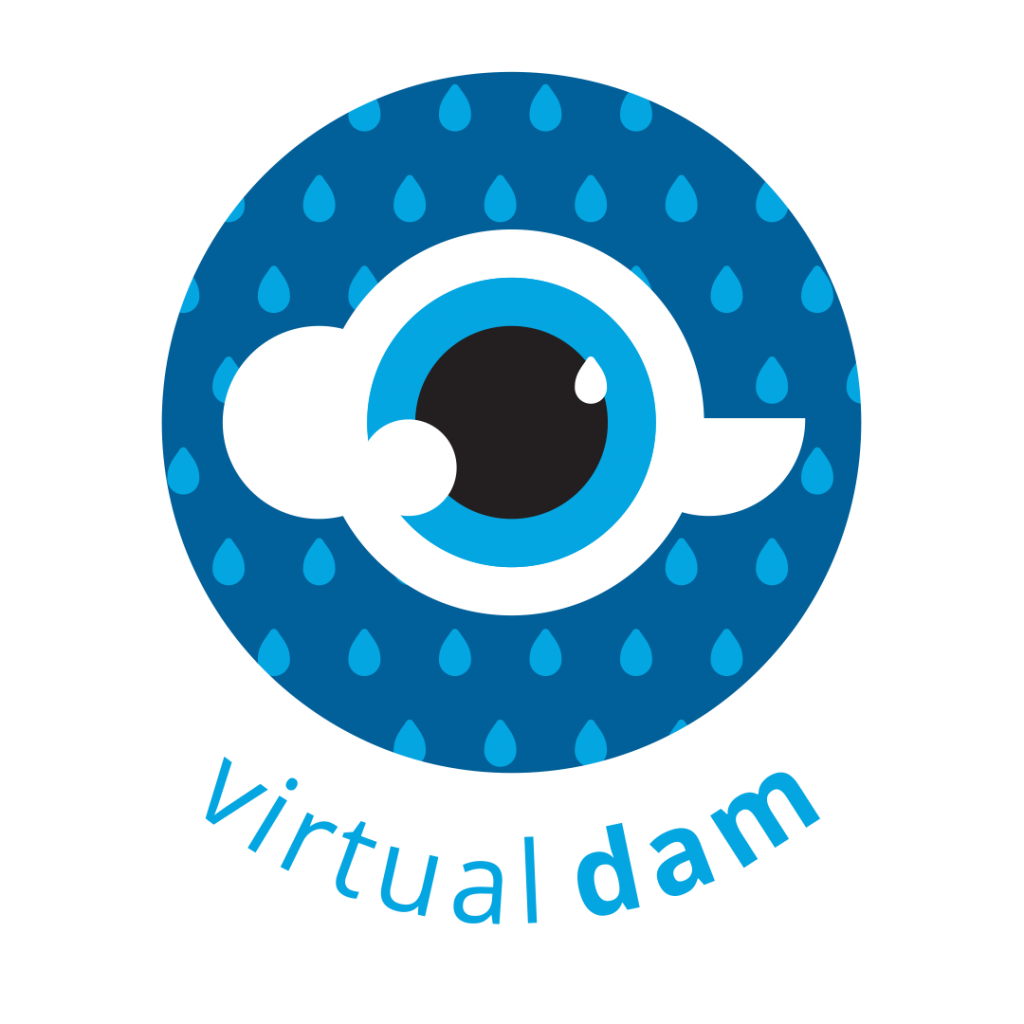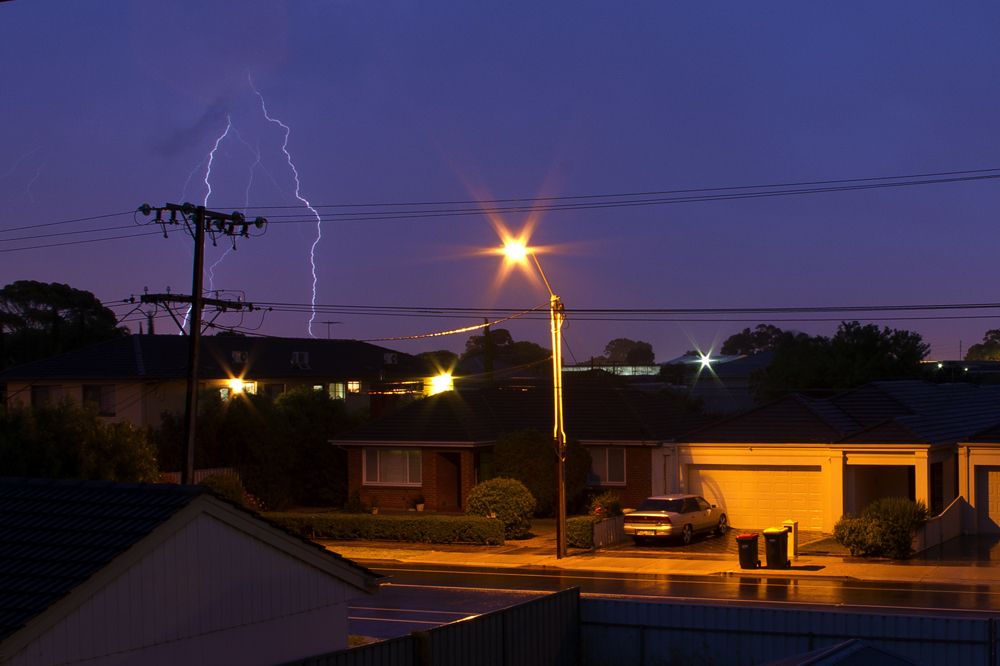A Virtual Dam provides a cost-effective solution for managing rain water storage and distribution systems to help mitigate the risk of urban flooding.
Introduction ...
Increased urbanisation, denser housing developments, the replacement of green areas with roads, carparks and buildings and climate change, all create significant stress on water resources, infrastructure and management systems. These stresses escalate when significant rain events occur over a concentrated or extended period of time, because storm water systems are unable to cope with the high volume of water entering systems.
Many houses and commercial buildings have rainwater tanks (small dams) installed to reduce their consumption of potable water, to ‘water proof’ themselves during dry periods and to live/operate in a more sustainable manner.
Once tanks are full however (which is common during the winter months), excess water is often channelled into the storm water system. During major rain events, this flow adds to the total volume of water entering the system, thus increasing the risk of urban flooding.
A virtual dam ...

A Virtual Dam is created when a series of rainwater tanks (small dams) are individually fitted with a smart sensor and connected via a network of The Things Network gateways – Long Range Wide Area Network (LoRaWAN) devices, with the capacity to collect, aggregate, analyse and communicate real-time data to water infrastructure owners. Data received can then be used to inform decision making, for example the release of water from rainwater tanks prior to major rain events.
A Virtual Dam may be comprised of tens or thousands of ‘small dams’, thus giving individuals, neighbourhoods, suburbs, local council areas, or cities the ability to better manage water resources for environmental, economic and social benefit. The possibilities of a Virtual Dam are endless!
What makes a Virtual Dam different to other applications is its relatively low cost, ease of creation and the fact that The Things Network technology has been created by a community of like-minded individuals committed to one goal – open access to high quality, real-time sensory data.
Benefits of a virtual dam ...

At an individual level, a Virtual Dam provides ‘small dam’ owners, with real-time data that can be used to direct the release of water (either manually or electronically), in advance of forecasted major rain events, thus enabling precious water to be harvested and pressure on storm water systems to be reduced. Released water can be used to flood irrigate gardens or be directed into urban water catchments e.g. rivers, streams and lakes to maintain their health, biodiversity and natural aesthetic.
At a community level, a Virtual Dam creates the opportunity for a network of ‘small dams’ to be remotely and electronically managed at a systems level. This approach has the potential to realise increased efficiency and effectiveness gains in terms of water resource storage and management for all stakeholders.
Local councils, supported by other levels of government, are well-placed to lead the process of creating a Virtual Dam, because they are closely connected to their local communities and are in a position to offer incentives (if required) e.g. free or subsidised smart sensors and/or rate deductions to encourage network participation.
for more information...
For more information about how to create a Virtual Dam at an individual or community level please contact opensensing.





